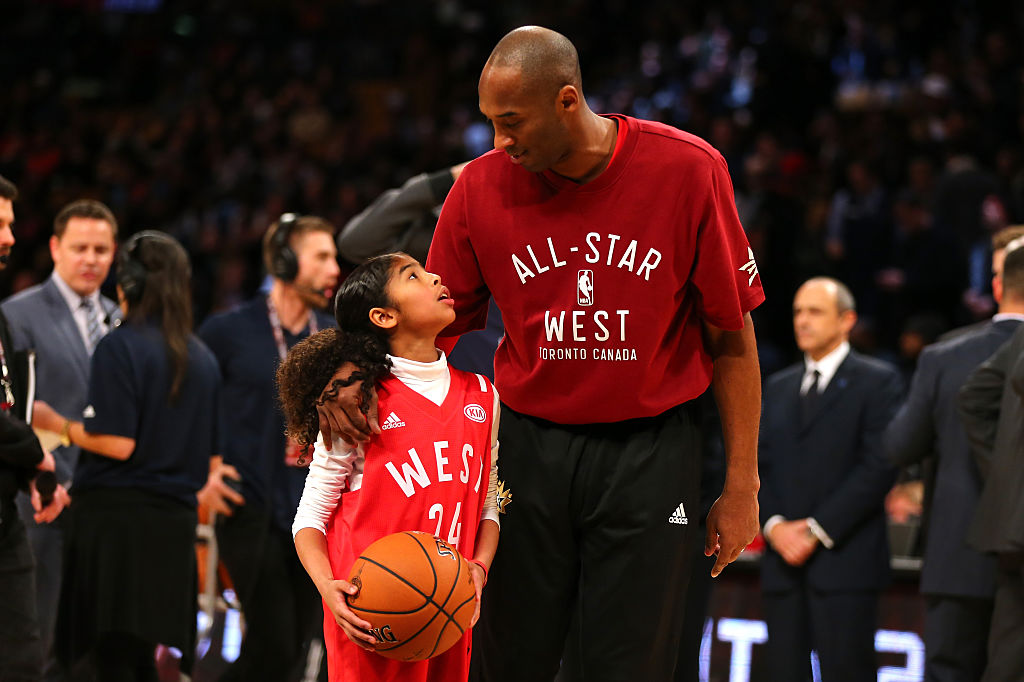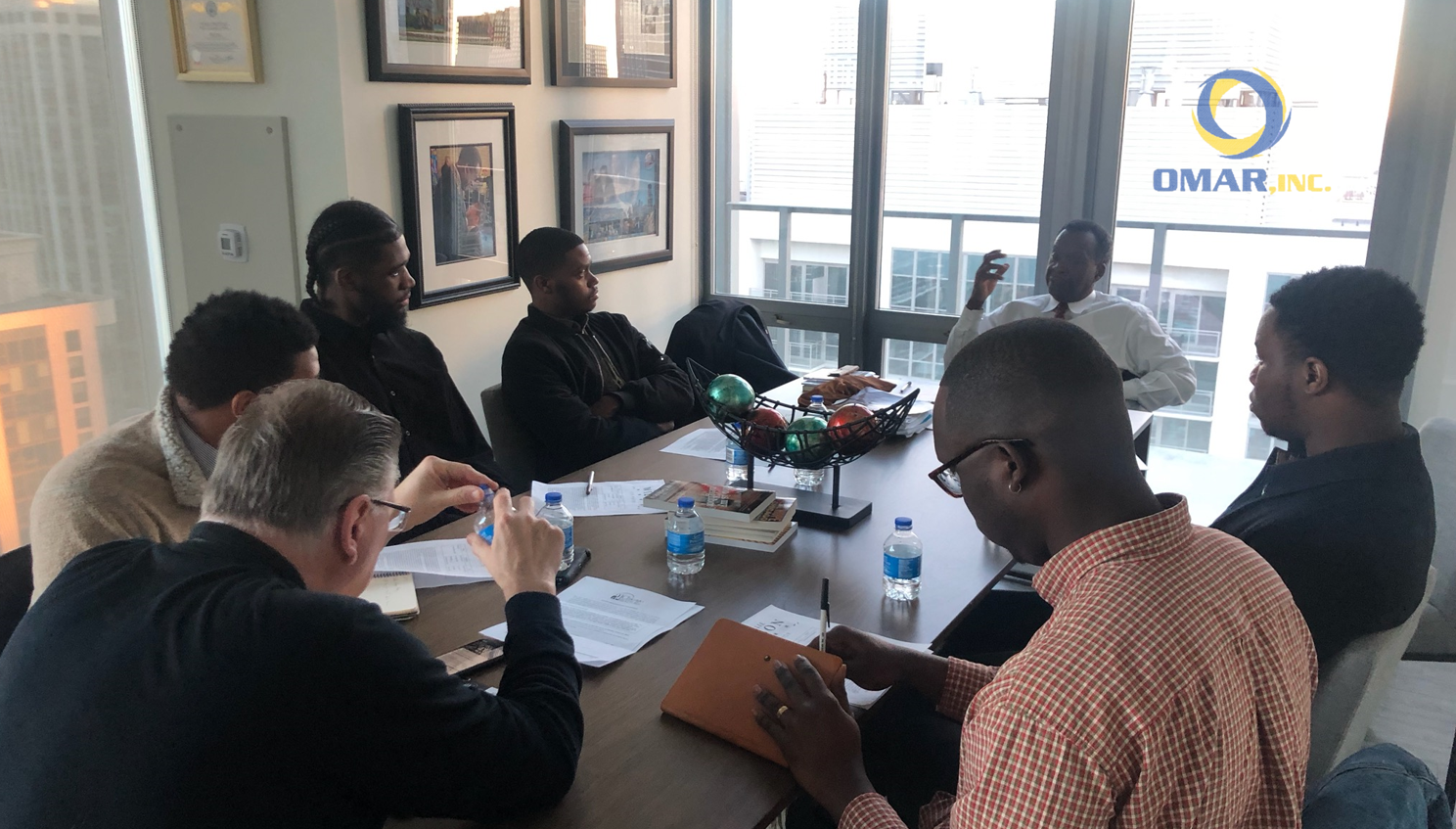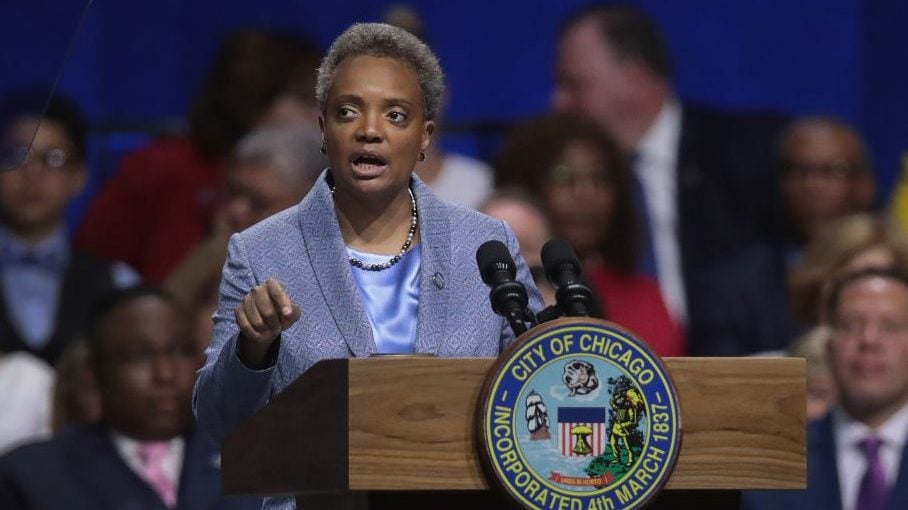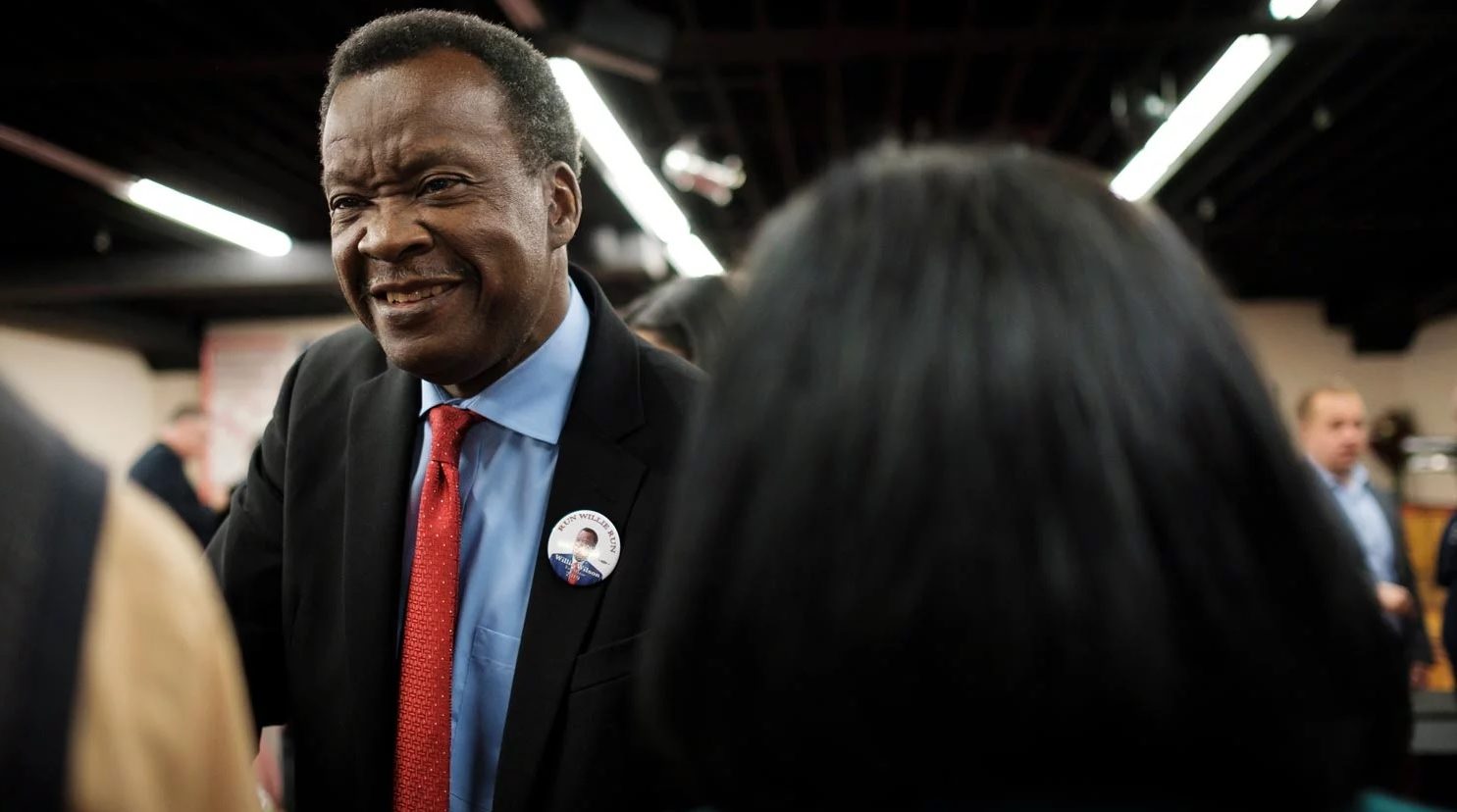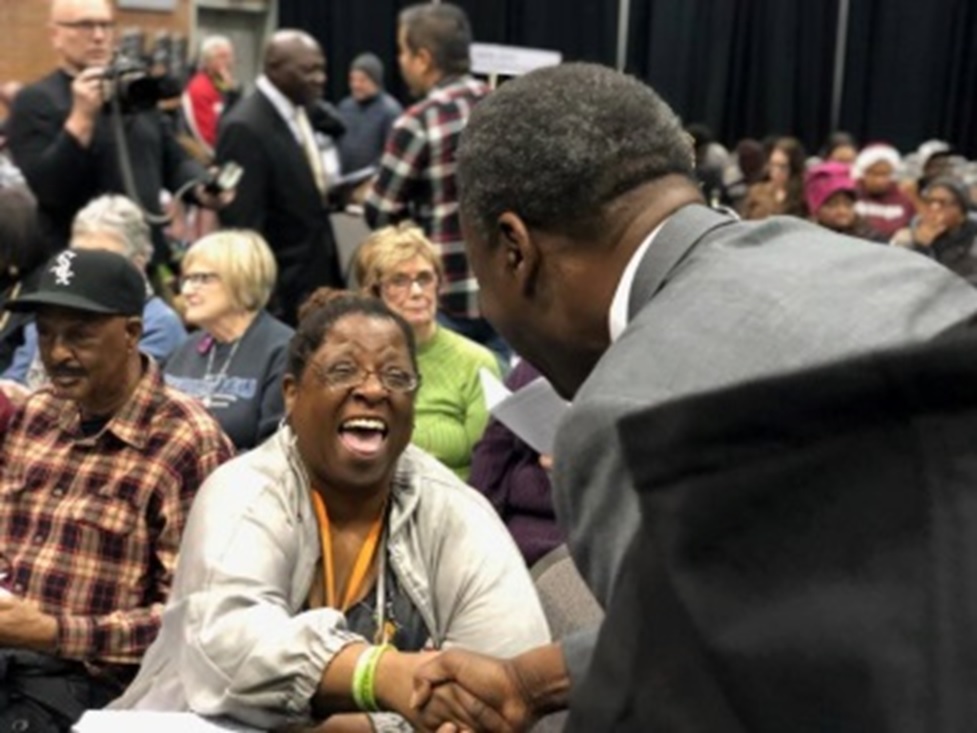For senior Alice Lin, joining MIT Emergency Medical Services (EMS) was a calculated risk. “When I started college I was a very shy, insecure freshman. I was scared, I was unsure of myself, and I wanted to be capable in times of emergency.” Lin was interested in medicine, and training to be an emergency medical technician (EMT) seemed like a good way to satisfy both her intellectual curiosity and her desire for a sense of mastery in dealing with tough challenges.
Now a senior, double majoring in bioengineering and neuroscience, Lin is not only an EMT but the current chief of MIT EMS, the student-run, volunteer ambulance service that reports to MIT Emergency Management. She is one of eight MIT students and alumni — out of a group of 40-50 total members — who made the decision, together with their supervisors, to stay on campus during the Covid-19 crisis and keep the service running.
“We volunteered because we thought it would be a great opportunity to give back to the MIT community in a time of necessity,” says junior Nathan Han, a computer science and biology major. He joined MIT EMS after a recruiting poster on campus caught his eye, and he thought EMS would be both meaningful and fun.
Han appreciates the culture of MIT EMS, which he describes as combining the best aspects of professional and student organizations. In normal times, the group enjoys getting together when they’re not on duty. The service has not one, but two social officers, who organize frequent gatherings and events.
Now, of course, the small group of EMTs on campus follows social distancing rules, seeing each other only at shift changes. First and foremost, the mission of EMS is health, safety, and service to the community. From their headquarters in the basement of the Stata Center, the students work in rotating shifts to be able to respond rapidly whenever they’re called. Beds are available for students when they work 24-hour shifts or overnight, and rooms are available in Simmons for any first responders who need housing on campus, including MIT EMS members who do not live in residence halls.
The MIT ambulance waits in a bay on the Stata Center loading dock, to rush the EMTs to medical emergencies ranging from minor injuries and ailments to severe trauma and cardiac arrests — and now, possible cases of Covid-19. EMS crews have been fully trained in the proper protocols for Covid-19 and are taking all the necessary precautions for keeping their patients and the public safe.
Cullen Clairmont ’19, who is continuing regular shifts with MIT EMS while working remotely as a clinical researcher for Massachusetts General Hospital, hopes that in this uncertain time, people will not hesitate to call EMS if they need help. “I hope that people aren’t too scared or too worried to reach out,” he says. “Call MIT Police and we’ll come over right away.”
Stepping up in times of crisis is what the MIT EMS team is trained to do, and their dedication and professionalism are evident in their decision to serve the community during a pandemic that complicates every personal interaction. Lin acknowledges that she and her crew members are taking a risk each time they respond to a call. But, she says, “It’s important to accept the risk, and move forward.”
The real deal
For junior Dillon Powell, an electrical engineering major and the incoming chief of MIT EMS, joining EMS was a natural choice. The son of a retired police officer, he grew up admiring his father’s attitude of running toward danger to help others. And he has been interested in medicine from a young age. “I’ve always wanted to do as much good as I can, but medical school is far off and it’s a long path to get there,” he says. “This is something tangible — I can help people in my community right now.”
Members of the MIT community can call 100 from a campus phone, or 617-253-1212 from any phone, to access the ambulance service. While its primary role is to serve MIT, the service often works in cooperation with local police, fire, and emergency departments. Anyone who wonders if the student EMTs are the “real deal” should be convinced by the fact that the professional ambulance services in Boston and Cambridge trust their expertise. As Powell notes, “Sometimes we’ll get a call into Boston, where somebody has called 911, and we’re the only ones who are able to respond.”
Supporting their local partners is one of the reasons Lin felt compelled to stay on campus. “Knowing that the public health infrastructure might not fully be able to support the sudden rise in the number of cases, we want to help make sure our external partners have an extra ambulance to call on if there are no other ambulances left,” she explains. “We’re really trying to make sure that we all come through in this moment.”
Suzanne Blake, director of MIT Emergency Management, is grateful for the contribution they’re making to the community. “Early on, we had discussions with Pro Ambulance, Cambridge Fire Department, and John DiFava, chief of MIT Police, and we decided it didn’t make sense to take a good ambulance out of service during this time,” she says. “This small group of students wanted to stay on campus, and they are helping out a lot.” Emergency Management aims to provide them with whatever they may need to respond safely, including extensive training in PPE, the personal protective equipment that has become so crucial during the Covid-19 crisis.
The students can also rely on Emergency Management for support in managing the stress and responsibility of EMS work. “No matter what we have going on, the members of MIT EMS are always our first priority,” Blake emphasizes. “We care about their mission to serve the community, but more than that, we care about them as individuals.” To give just one example, on a recent Monday, EMS responded to a call to help a patient in cardiac arrest. The next day, an email message went out to the MIT community: Classes were canceled due to Covid-19, and students had to leave campus. Even in the midst of managing the impacts of the pandemic on the MIT community, Emergency Management was able to hold the customary check-in meeting with the EMTs that follows any particularly difficult or stressful call. Powell is impressed with their dedication to keeping the EMTs healthy and safe. “They were dealing with hundreds of things,” he says, “but they still made time to have that meeting.”
Communication under pressure
For students who want to join EMS, the journey begins with the free EMT-B class offered during Independent Activities Period, which provides intensive training in Basic Life Support (BLS) and qualifies students for National Registry EMT certification and Massachusetts EMT-B licensure. Pro Ambulance provides licensed instructors for the class, and students learn about physiology, pharmacology, acute medical conditions, and the effects of trauma and shock. They practice patient assessment, bleeding control, how to splint a broken bone, and how to stabilize a patient to a backboard — and of course, driving the ambulance.
But delivering medical care in a classroom setting is one thing; helping people experiencing real-life emergencies is another. To start out, less experienced EMTs spend one or two semesters supporting more senior members, taking on more responsibility as they build confidence and skill. Mentorship is key, and crew members quickly learn to rely on each other, as well as their training.
Lin notes that only about half of the EMTs are pre-med, and the service attracts interest from students with a range of backgrounds and interests. Potential recruits are interviewed by current members, and securing a spot can be competitive. An interest in medicine is considered but not required. Instead, recruits are evaluated for their enthusiasm and genuine interest in MIT EMS.
“A lot of the things you learn in EMS are in the field, and ‘softer’ skills end up being very important,” says Clairmont. He emphasizes the importance of connecting with patients, taking an interest in them as individuals. “When you’re not genuinely interested, you often are not as effective,” he notes. “You miss things.”
Of course, a key skill is remaining calm in stressful situations — although, as Powell points out, “it’s very hard to simulate stress. It’s hard to prepare for it.” He emphasizes the importance of good communication, with patients, crew members, and other partners. He says communication under pressure is the biggest skill he has learned from EMS.
Lin remarks on the confidence and decision-making skills she has developed since taking the initial leap to become an EMT. “When I first joined, I was very cautious and very quiet. I couldn’t really make decisions because I was scared of the possible repercussions. Through EMS I’ve become a much more decisive person. I’m very comfortable making decisions. I know that I’m capable of handling whatever may come at me.”
from MIT News https://ift.tt/35gO3xf
via

